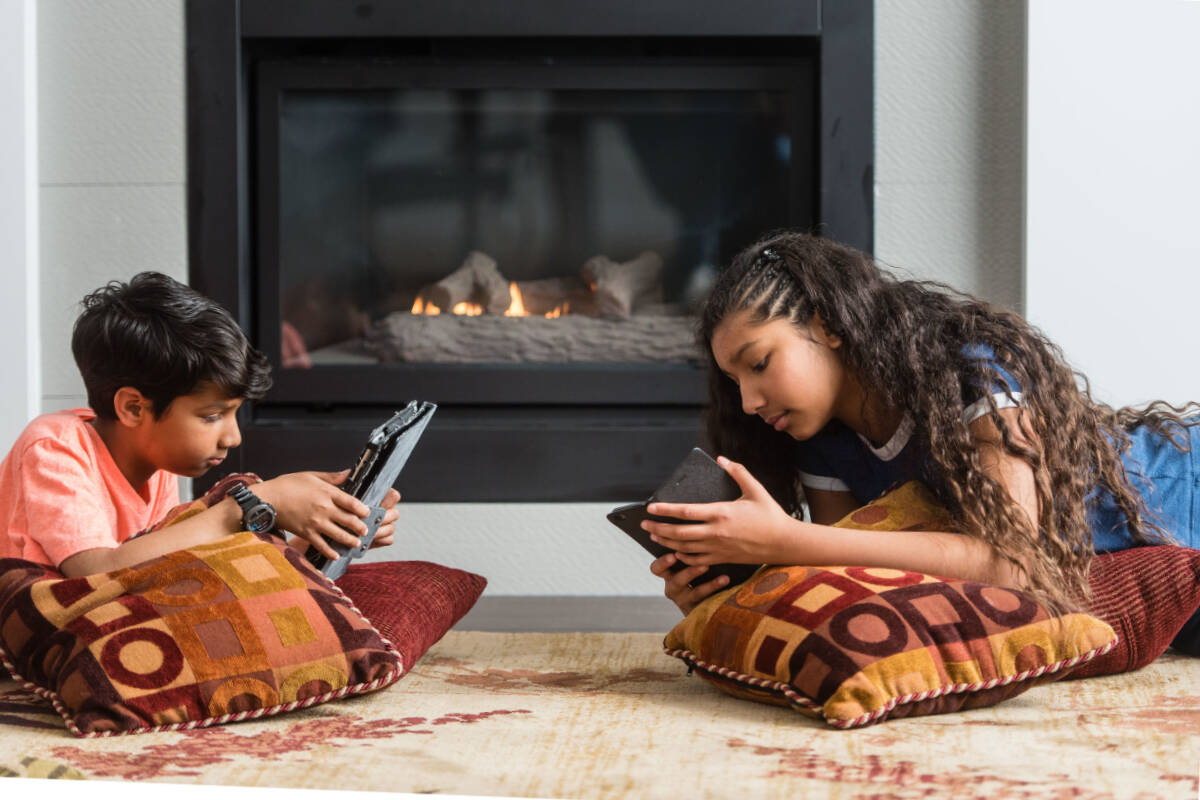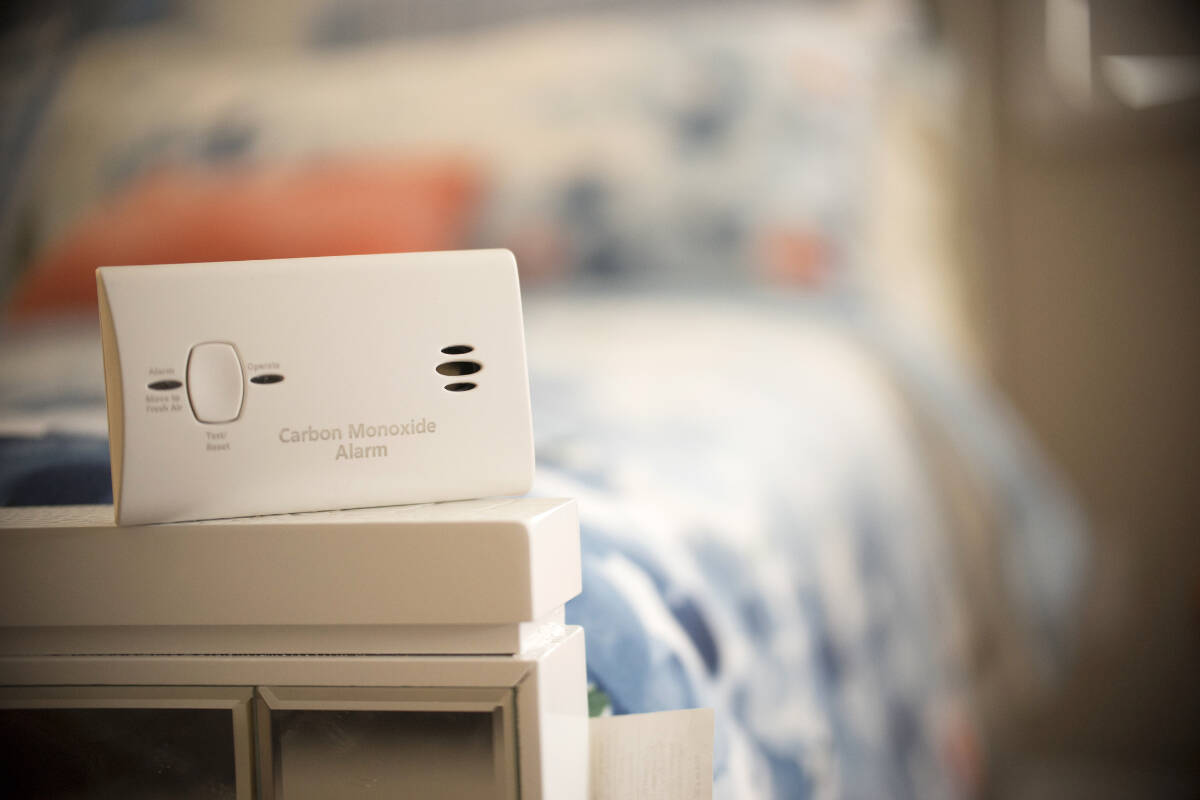Carbon monoxide (CO) is sometimes referred to as “the silent killer” because it’s not only poisonous, it’s also colourless, tasteless and odourless. Unless you have a working CO alarm installed, it’s incredibly hard to detect. So how can you tell if you’ve been exposed to this dangerous gas?
Early symptoms feel a lot like the flu:
- Headaches
- Confusion
- Vomiting
- Weakness
- Dizziness
- Chest pains
While the flu is often accompanied by a fever, this is never the case with CO poisoning.
As CO builds up in the bloodstream, symptoms evolve and magnify, including:
- Increased confusion and drowsiness
- Fast breathing, rapid heartbeat and/or increased chest pain
- Vision problems
- Seizures
Exposure to high concentrations of CO can quickly lead to death.

Who is most at risk?
While CO is a danger to everyone, certain groups are more susceptible than others.
CO and Young Children
Children breathe much faster than adults, and in the event of CO exposure, they will breathe in more CO gas. Children younger than four years old are the highest risk group. Severe CO poisoning can lead to long-term organ and tissue damage.
CO and the Elderly
Older individuals are a high-risk group, especially if they are already suffering from health problems, including respiratory or heart issues. Their bodies are not able to withstand oxygen deprivation as well as a young adult. This means the presence of CO in their bodies is magnified, leading to dangerous outcomes.
CO and Pregnant Women
Pregnant women breathe at a higher rate than women who aren’t. This means they will take in more CO than others. When a woman is pregnant her ability to carry oxygen through the bloodstream is already decreased, heightening the effects of CO.

What to do if you suspect CO poisoning
If you think you could be suffering from CO poisoning, follow this step-by-step process:
- Get everyone outside of the building, including pets
- Call 911 or your local emergency number
- Seek medical attention to treat symptoms
If you are able to get outside, do not go back inside until you’re sure it’s safe. The fire department or your natural gas provider will be able to confirm when you can re-enter. Once it’s safe to return to the building, be sure to hire a licensed contractor to inspect your gas appliances.
How to prevent CO poisoning
The only way to tell if there is carbon monoxide in your home is with a working carbon monoxide alarm.
Make sure your gas appliances are installed and serviced by a licensed gas contractor. Book inspections annually, to make sure they’re in good working order and not at risk of producing CO.
For more safety tips from Technical Safety BC and FortisBC, visit .



